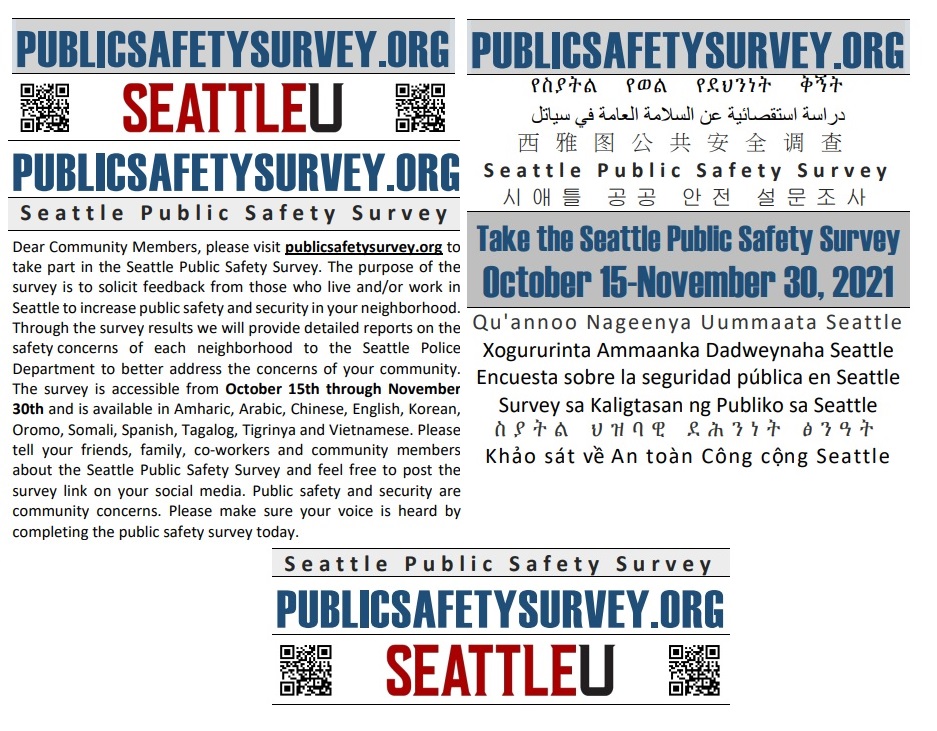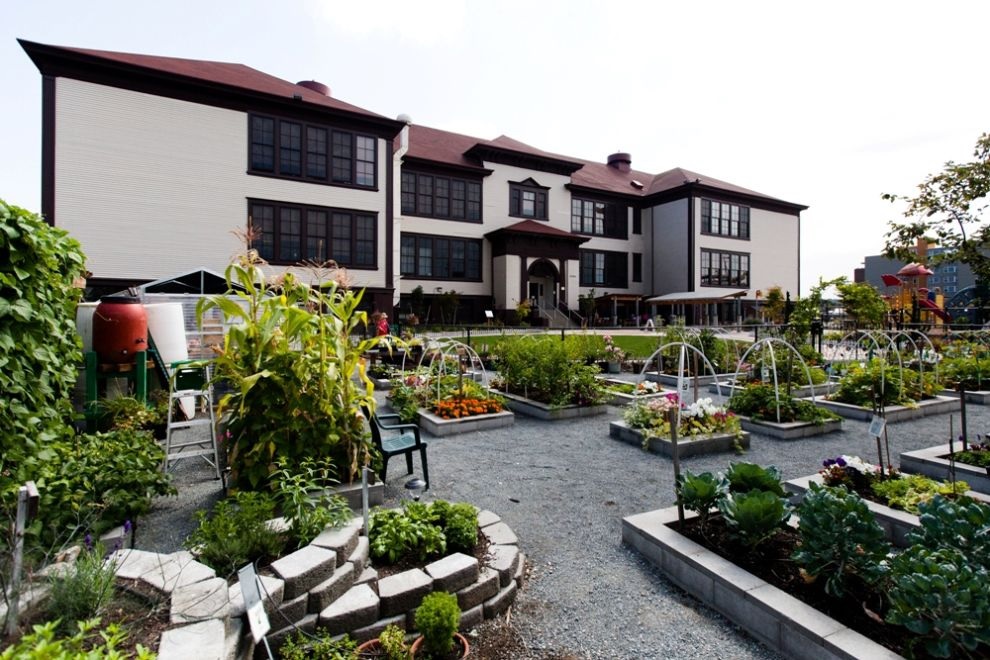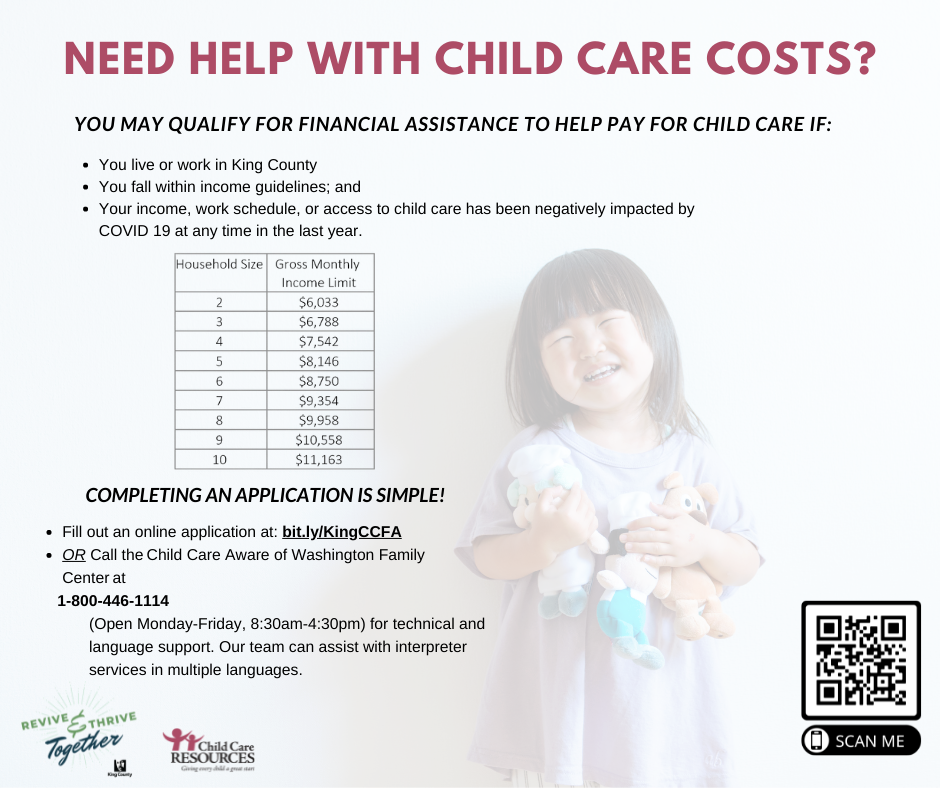From Sensitive Locations to Protected Areas: How to Ensure Safe Access to Essential Services and Activities to Immigrants
The Department of Homeland Security (DHS) has issued a new policy to guide immigration enforcement actions in or near protected areas. The guideline, which is effective immediately, supersedes and rescinds all previous sensitive locations guidance, providing a more comprehensive and clear protection to immigrants against enforcement actions in places they regularly go to access health care services, education, exercise their freedom to worship or publicly convene and at the end, accessing essential services.
In recent years, El Centro de la Raza has devoted its efforts to promote and disseminate the sensitive locations policy issued by the Department of Homeland Security (DHS) in 2011 and that restricted immigration enforcement actions in public places that were defined as sensitive locations. These included educational institutions, health care centers, places of worship, religious or civil ceremonies, and public demonstrations such as marches or rallies. For El Centro, the recognition of sensitive locations was one of the most powerful tools available to support and protect undocumented immigrants from the disproportionate and arbitrary prosecution of immigration agents. This is it, especially during the former federal administration, where ongoing threats of deportation made immigrants live in fear and anxiety, thinking they could be arrested at any time, anywhere they go, even in places where they were looking to satisfy their more urgent needs or exercise their human rights, those that are intrinsic to everyone, regardless of their immigration status.
To promote the sensitive locations policy, El Centro de la Raza undertook an aggressive strategy that included several activities. We prepared a toolkit for potential sensitive locations (that you can access here); created a universal symbol to identify sensitive locations and prepared and provided banners to any sensitive location interested in being identified as such. We also hosted informative sessions to potential sensitive locations interested in learning about the policy; and informed immigrants about sensitive locations so they could keep attending the places where they access essential services fearlessly. We believed and still do, that disseminating the policy will prevent immigrants to restrain from attending the places that provide them with the basic needs and services anyone needs to live a dignified life.
Despite our efforts, and the potential sensitive locations had to protect immigrants from enforcement actions, we were aware the policy fell short in ensuring immigrants’ safe access to some essential services. The policy identified just a few places as sensitive locations adding immigration officers should exercise special care when carrying out enforcement operations in places assisting children, pregnant women, victims of crime or abuse, or individuals with significant mental or physical disabilities. Even though the list was not restricted, leaving to the discretion of immigration officers, whether or not to undertake enforcement operations did not provide certainty to immigrants on which services or institutions they can safely attend without the risk of being approached by immigration authorities. This uncertainty restrained them from access to some crucial services. On the other hand, the policy was not clear about immigration enforcement actions near sensitive locations. The lack of clarity led to considerable confusion about how close immigration agents can be to a sensitive location. Several cases of questionable arrests took place near, but not at sensitive locations, implying that immigration officers, rather than immigrants were taking advantage of the sensitive locations policy. These circumstances clearly showed the policy should be modified and improved despite being helpful at a time where anywhere was a safe and welcoming space for immigrants.
Fortunately, for the benefit and wellbeing of immigrant communities, the policy has changed. On October 27th the Secretary of Homeland Security, Alejandro Mayorkas announced a new policy to guide immigration enforcement actions in or near sensitive locations, now called protected areas. According to DHS, the change in name, from “sensitive locations” to “protected areas” aims to provide a more precise/ accurate understanding that certain areas are in need of special consideration. Rather than only being, “sensitive” they rise to a level of being protected because of the functions performed in those places.
The new guideline provides greater clarity on what types of locations are protected areas by providing an expanded non-exhaustive list of protected areas, including new designations such as vaccination or testing sites, places of religious study, places where children gather (such as playgrounds, recreation centers, or school bus stops) disaster or emergency relief sites, and social service establishments.
Moreover, the guideline recognizes that “an enforcement action taken near-and not necessarily in- the protected area can have the same restraining impact on an individual’s access to the protected area itself”. Therefore, it calls for immigration authorities to not take enforcement action near the protected area, to the fullest extent possible. As there is no bright-line definition of what constitutes “near” the guideline calls immigration authorities to exercise judgment by asking themselves whether an enforcement action would restrain people from accessing the protected area to receive essential services or engage in essential activities.
The new policy provides a broader, more sensible protection for undocumented immigrants, ensuring they can access essential services and activities without fear, and it backs up the idea that people, regardless of their immigration status should be able to access essential services without threats. However, it is essential to train and educate immigration officers on its implementation, ensuring they apply a reasonable and human judgment to their actions. In turn, El Centro de la Raza will promote the new guideline and inform potential protected areas and the community on its scope and limits making sure immigrants always feel safe, welcome, and respected.
For accessing the Guidelines for Enforcement Actions in or Near Protected Areas click here.
If you have any questions regarding protected areas, please contact Adriana Ortiz-Serrano at aortiz@elcentrodelaraza.org

Internet discounts still available through the Emergency Broadcast Benefit program
The Emergency Broadband Benefit (EBB) is a program that has been temporarily launched to help households struggling to afford internet service during the COVID-19 pandemic. EBB provides a discount of up to $50 per month toward broadband service for eligible households.
The program will end when the EBB fund runs out of money, or six months after the Department of Health and Human Services declares an end to the COVID-19 public health emergency, whichever is sooner. Households are eligible if they receive Medicaid, SNAP, or other public benefits, are school lunch eligible, are already in the Lifeline program, receive Pell education grants, or have lost jobs and income during the pandemic. More eligibility information: getemergencybroadband.org/do-i-qualify.
King County launches Child Care Financial Assistance (CCFA)
Updated vendor schedule for Plaza Roberto Maestas!

Consider Writing a Letter to Your Local Newspaper [and Some Instructions on How]
‘Facebook has a Blind Spot’: Why Spanish-Language Misinformation is Flourishing
Seattle Public Schools: Covid Vaccine Clinics for Students 5 — 11
UNIDOS 2021 Fall Affiliate Convenings: Evolving for Impact Registration Open




